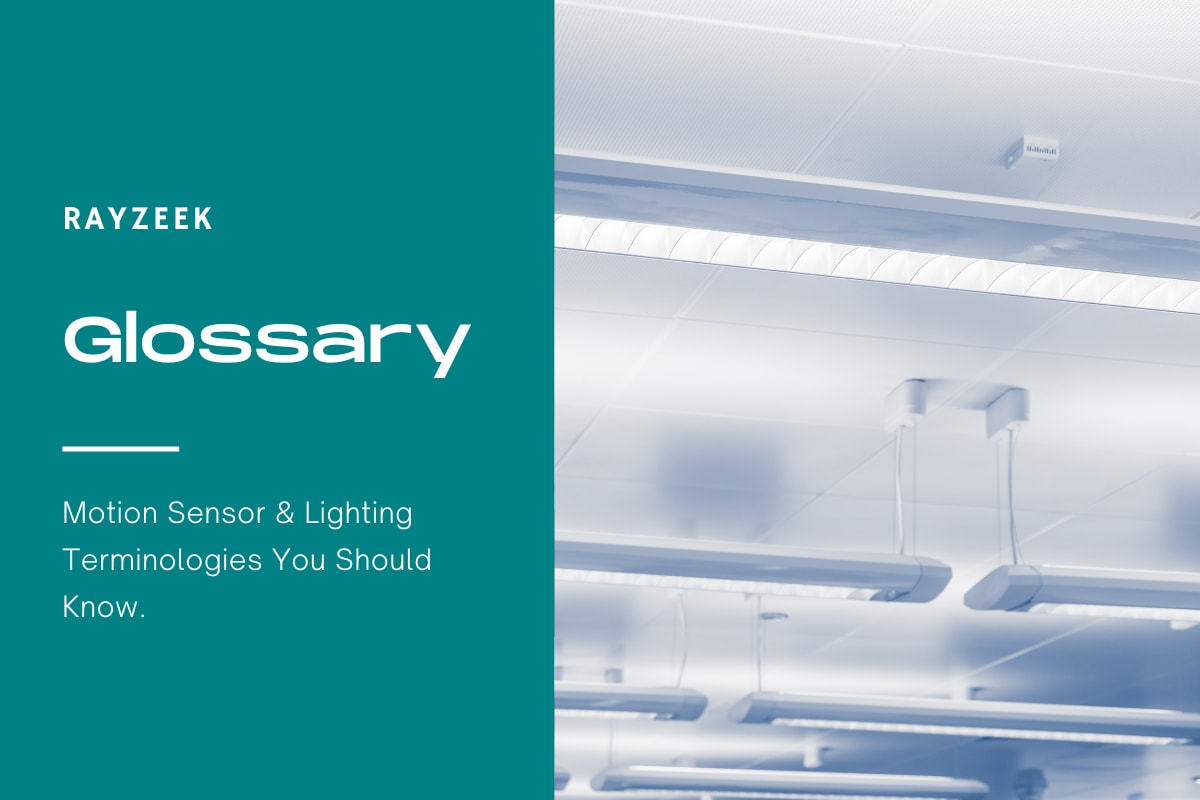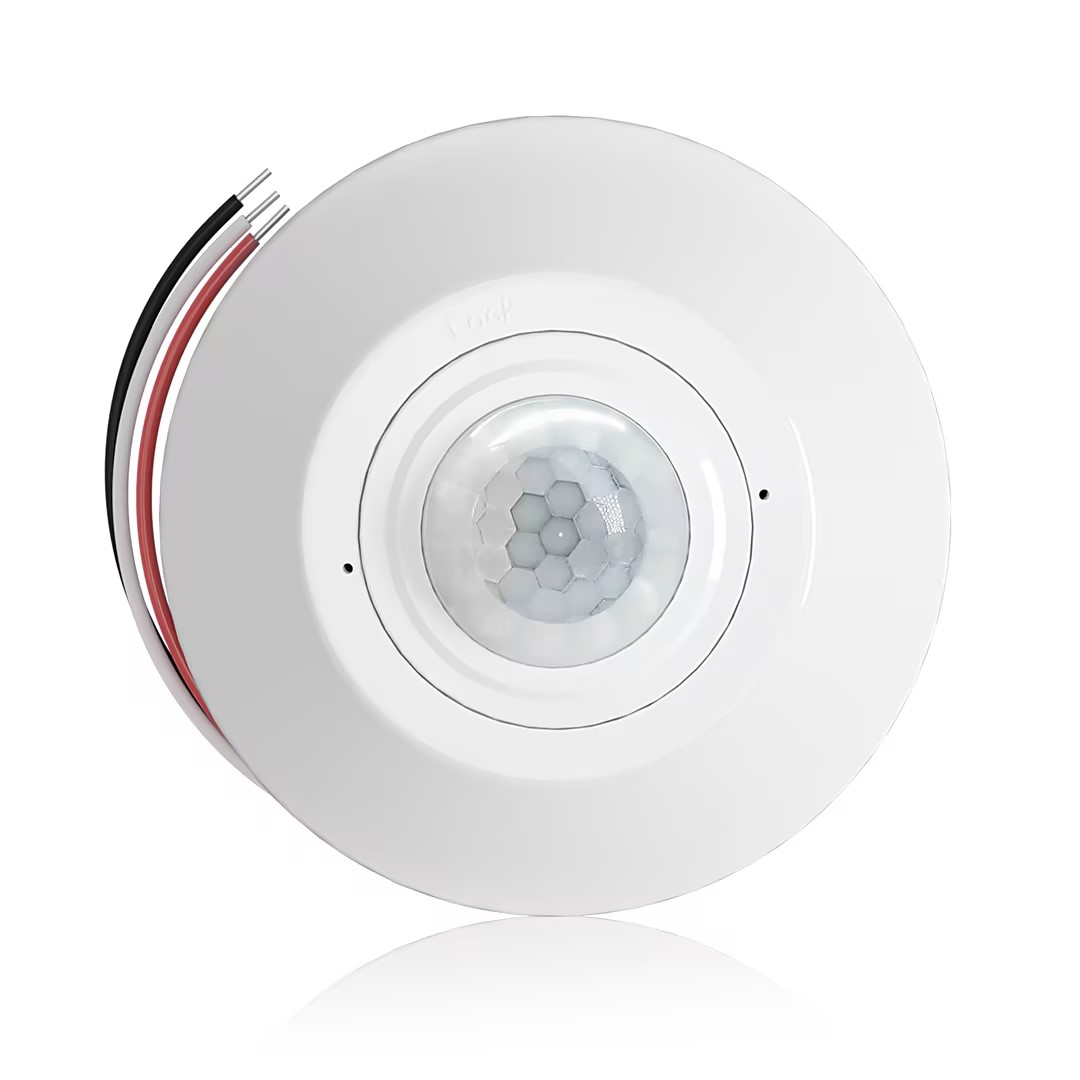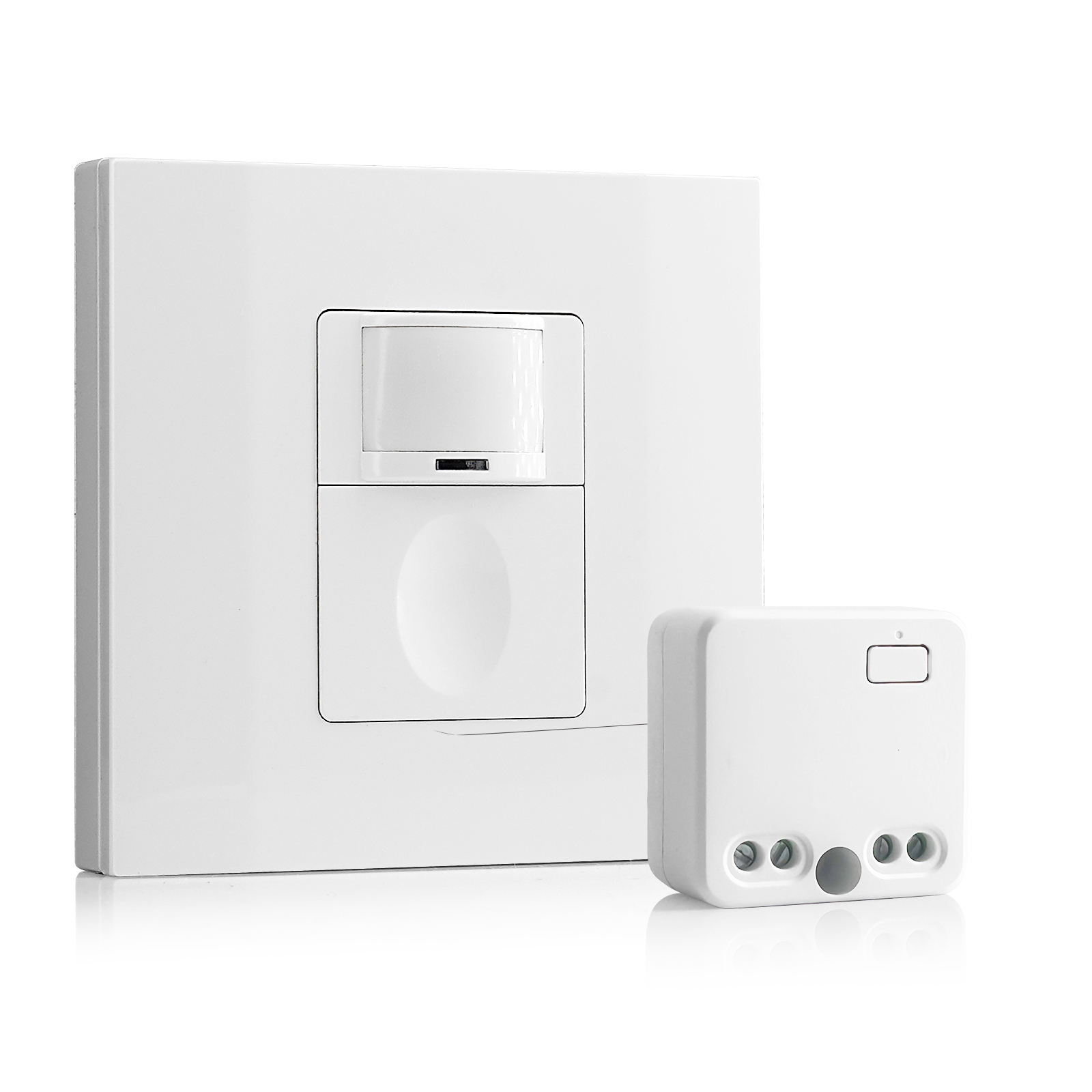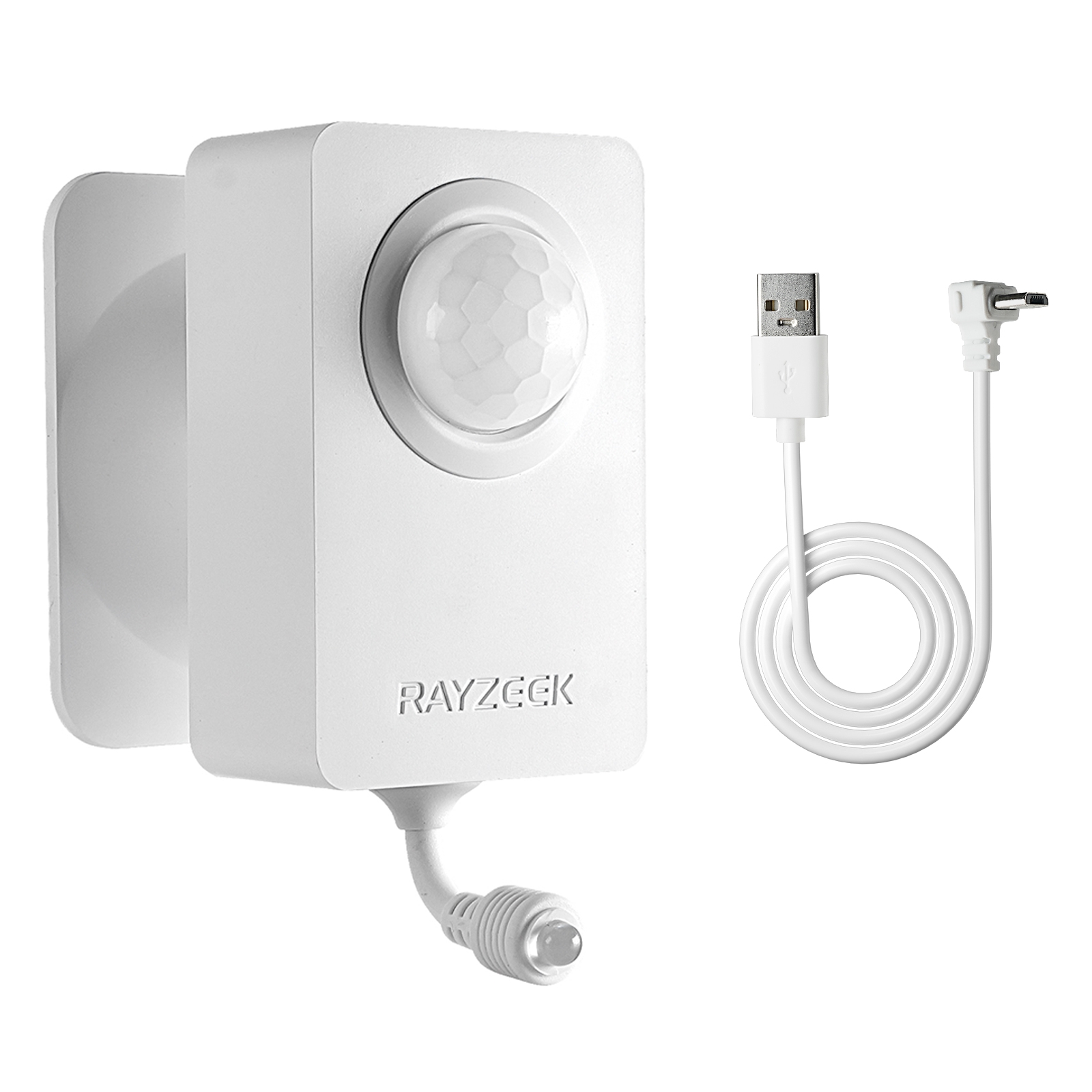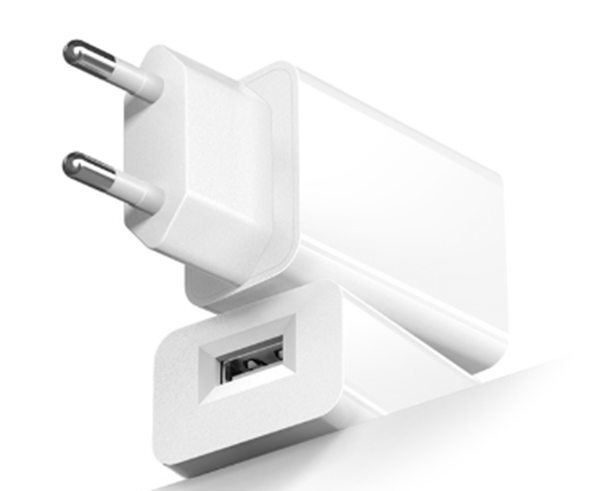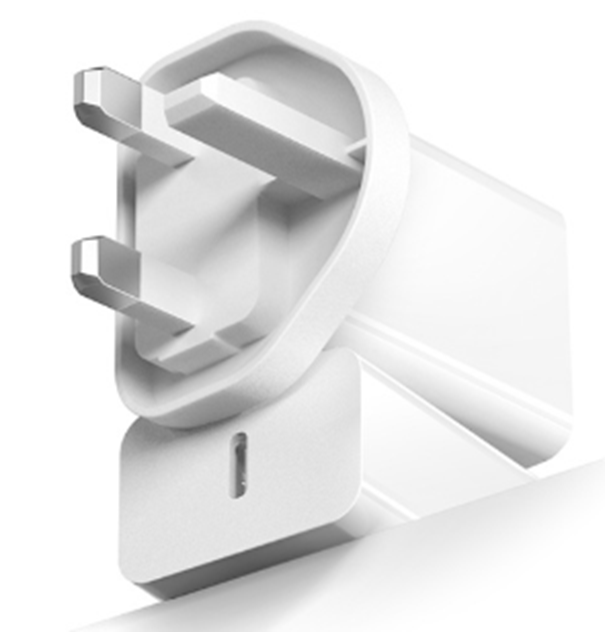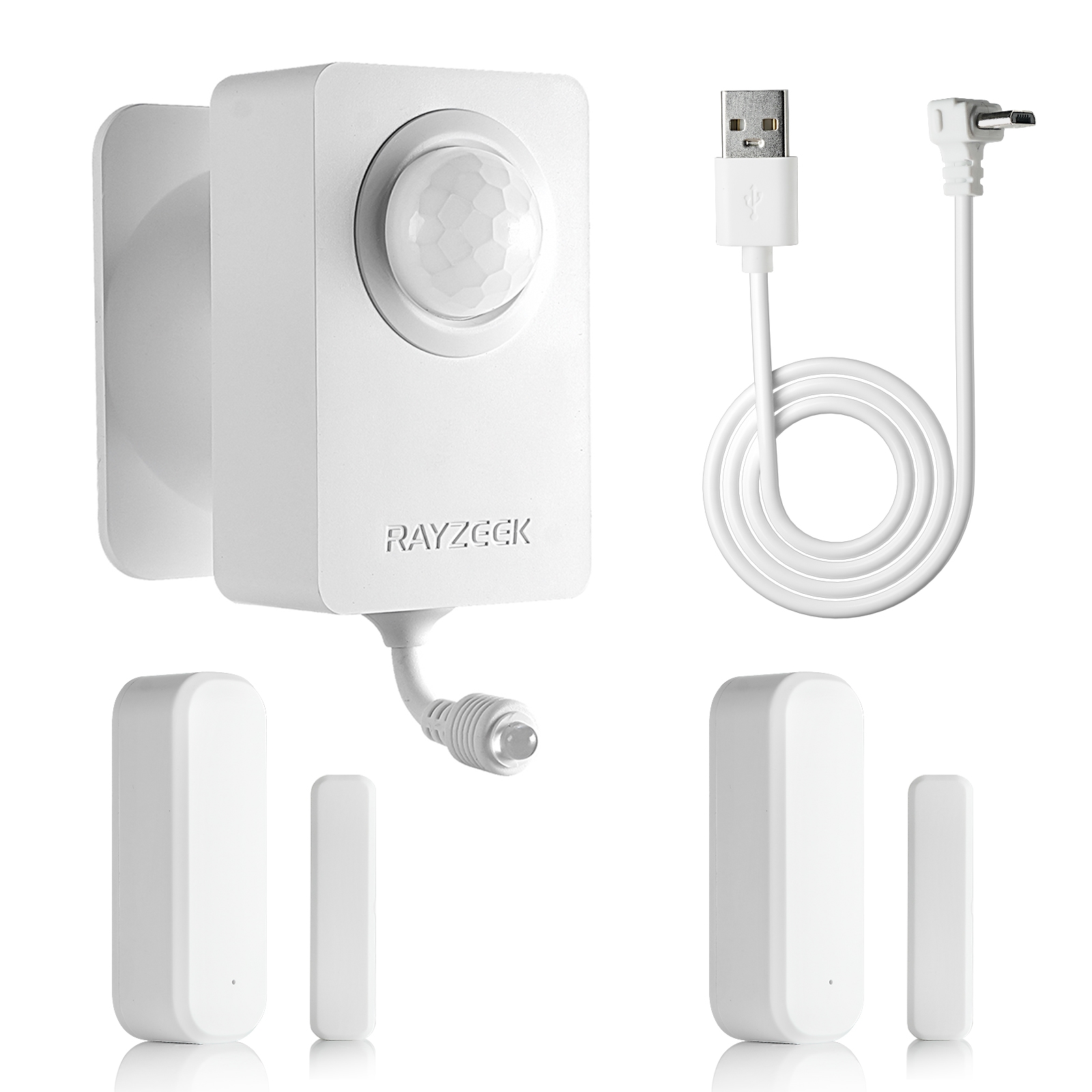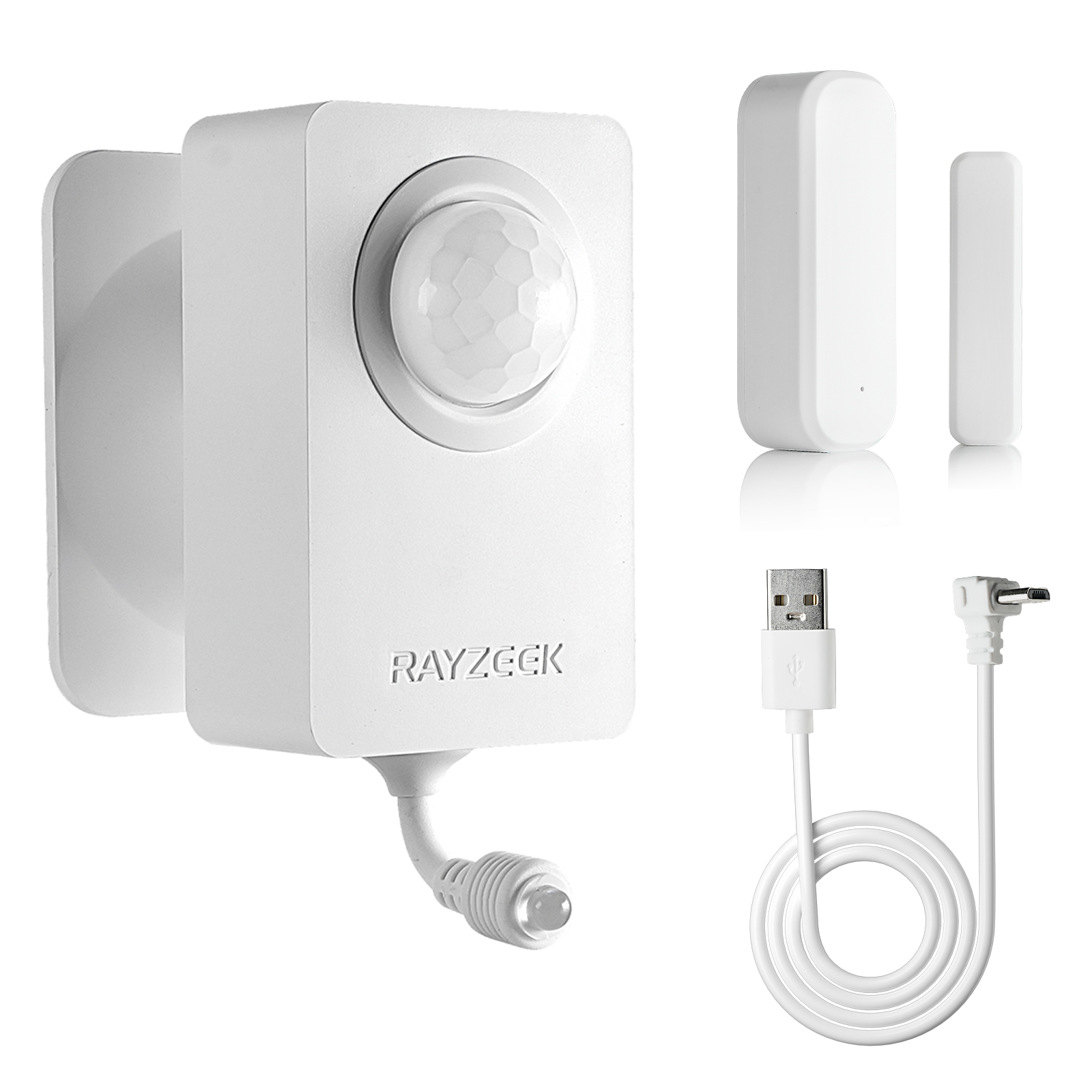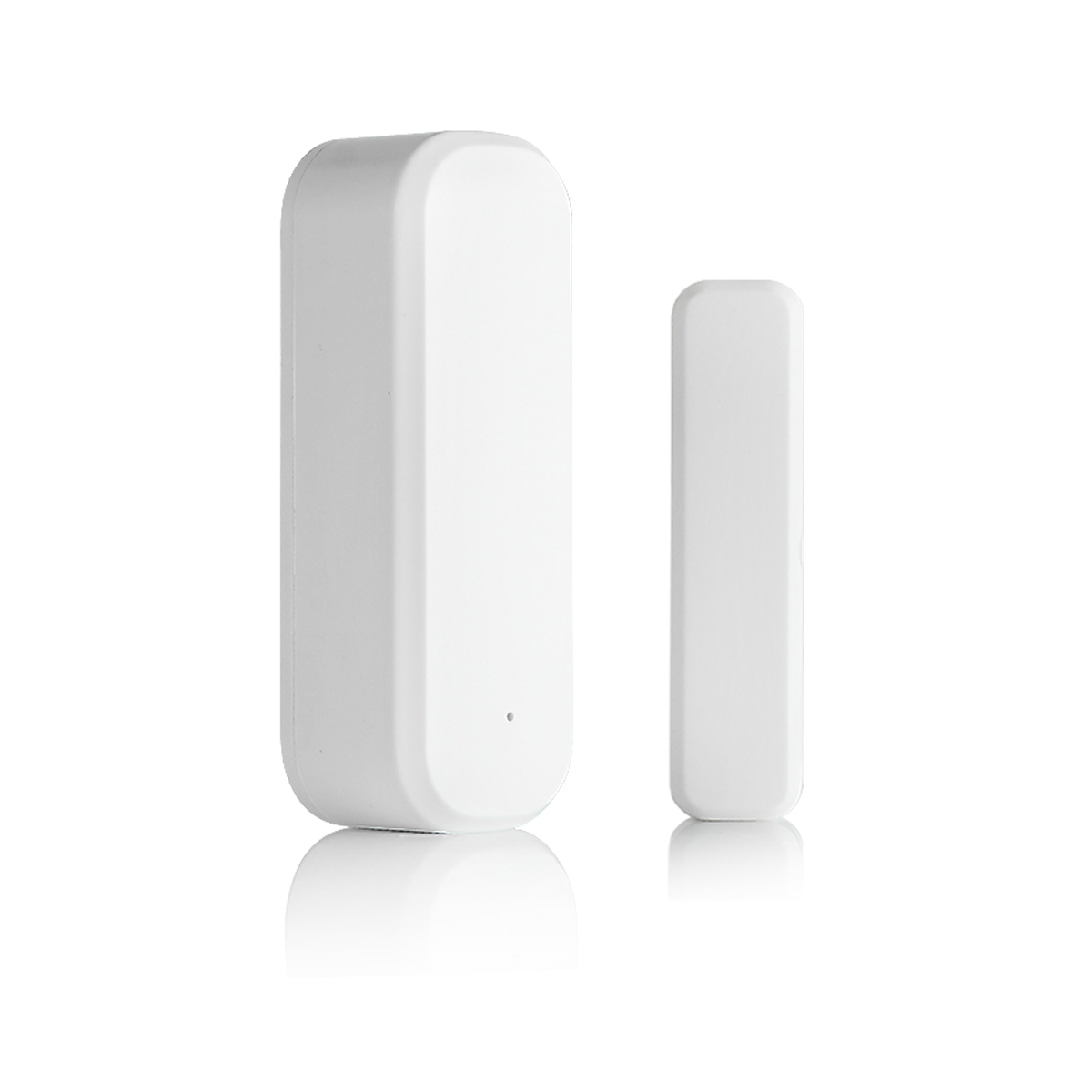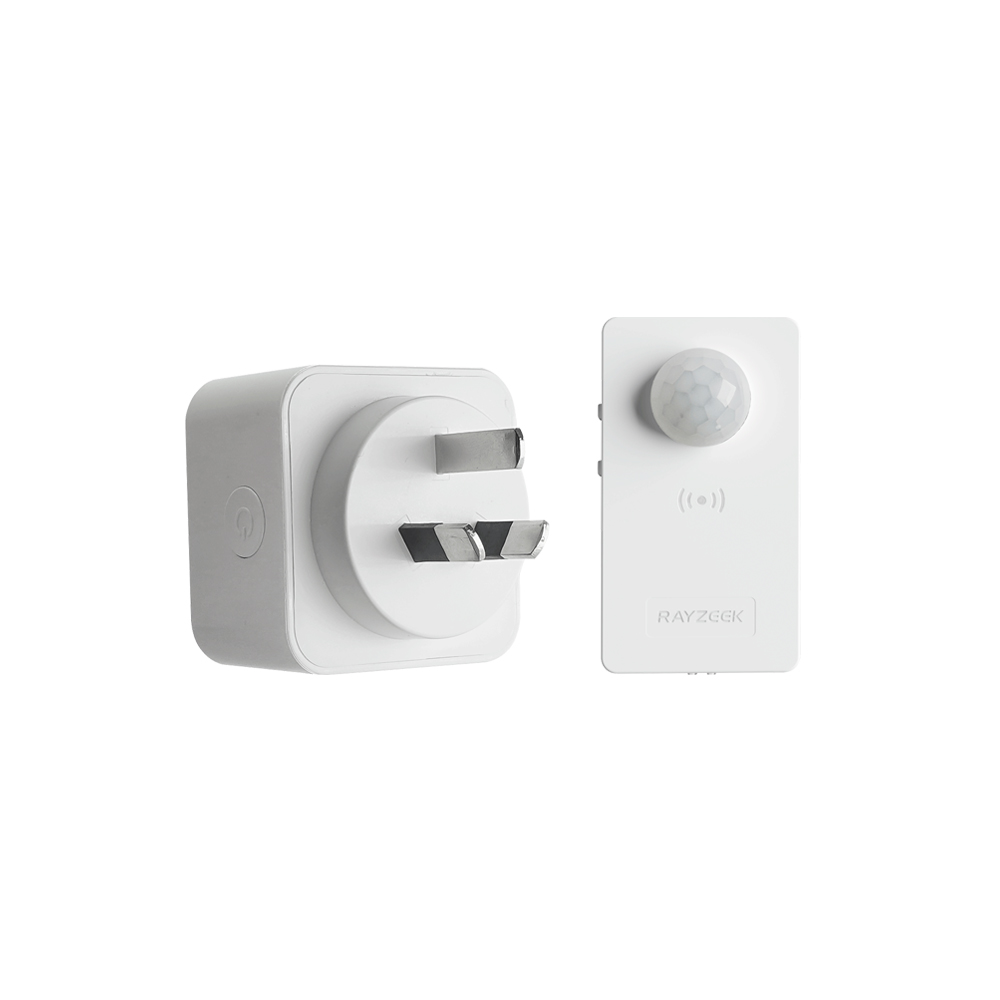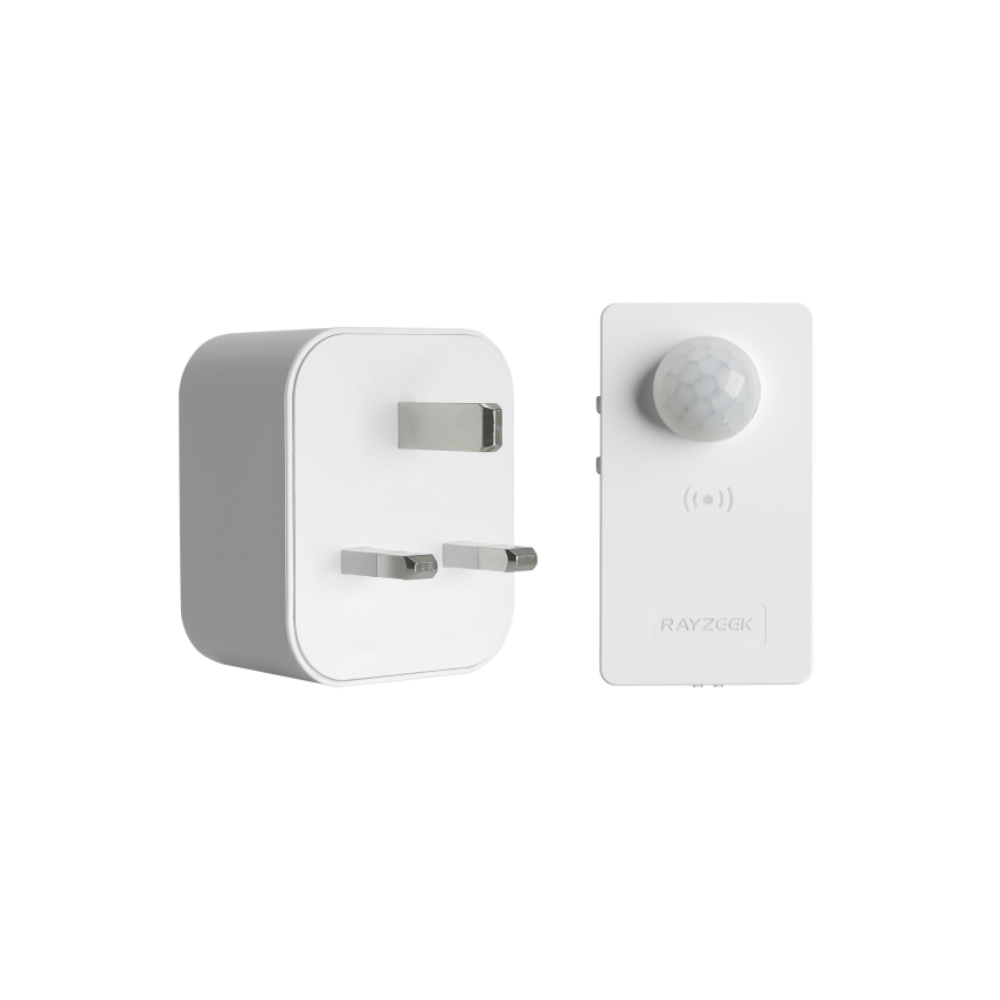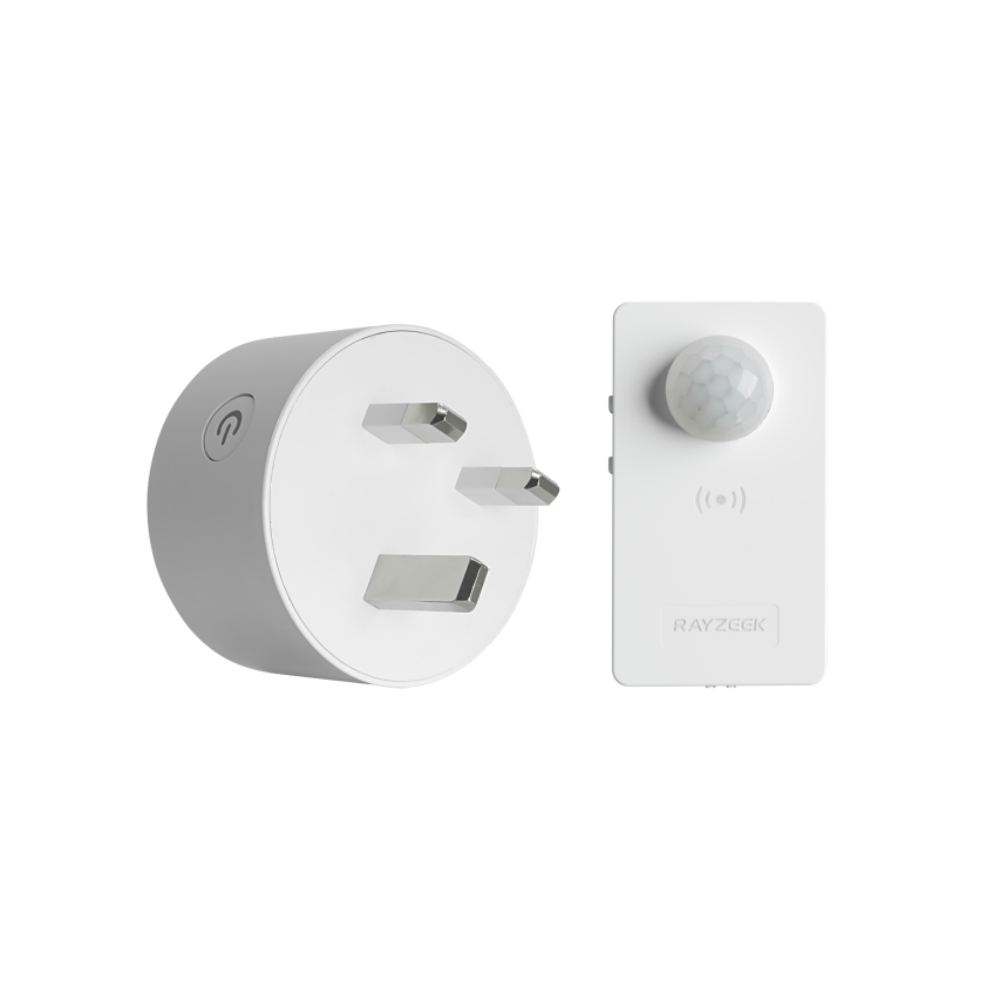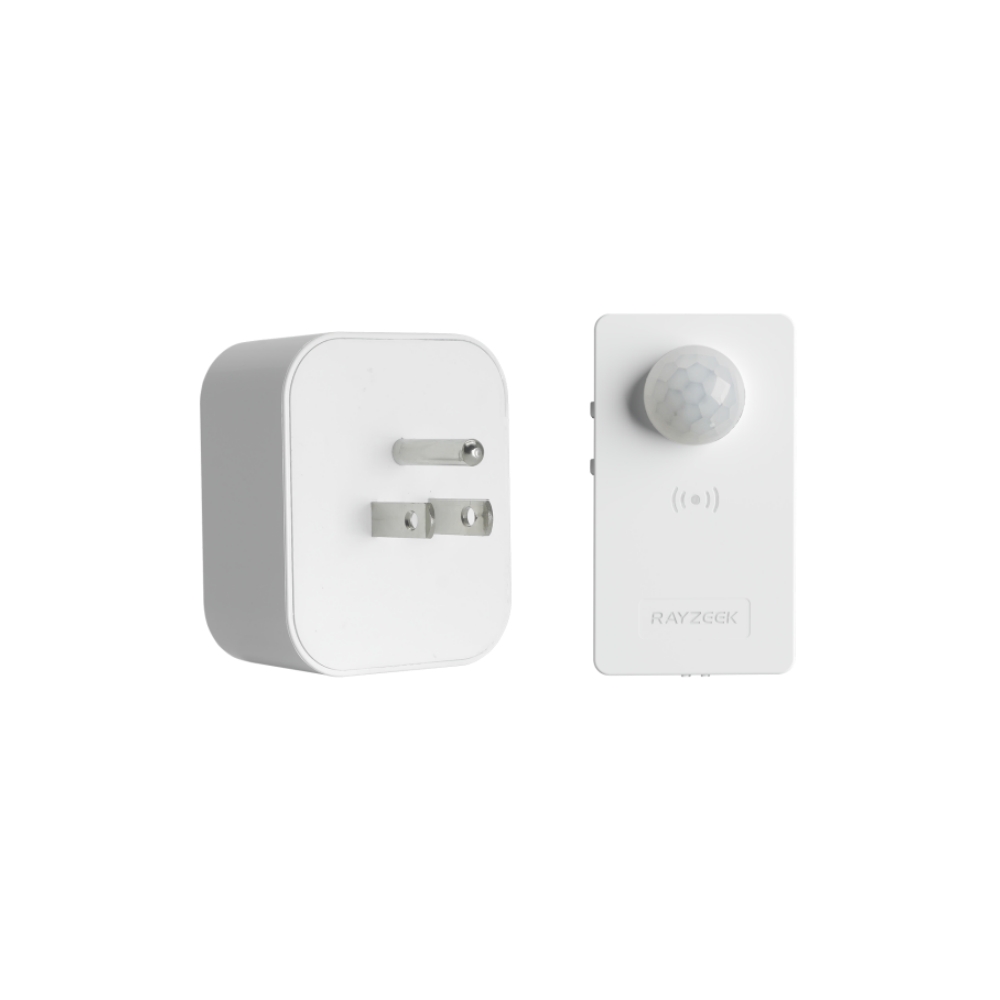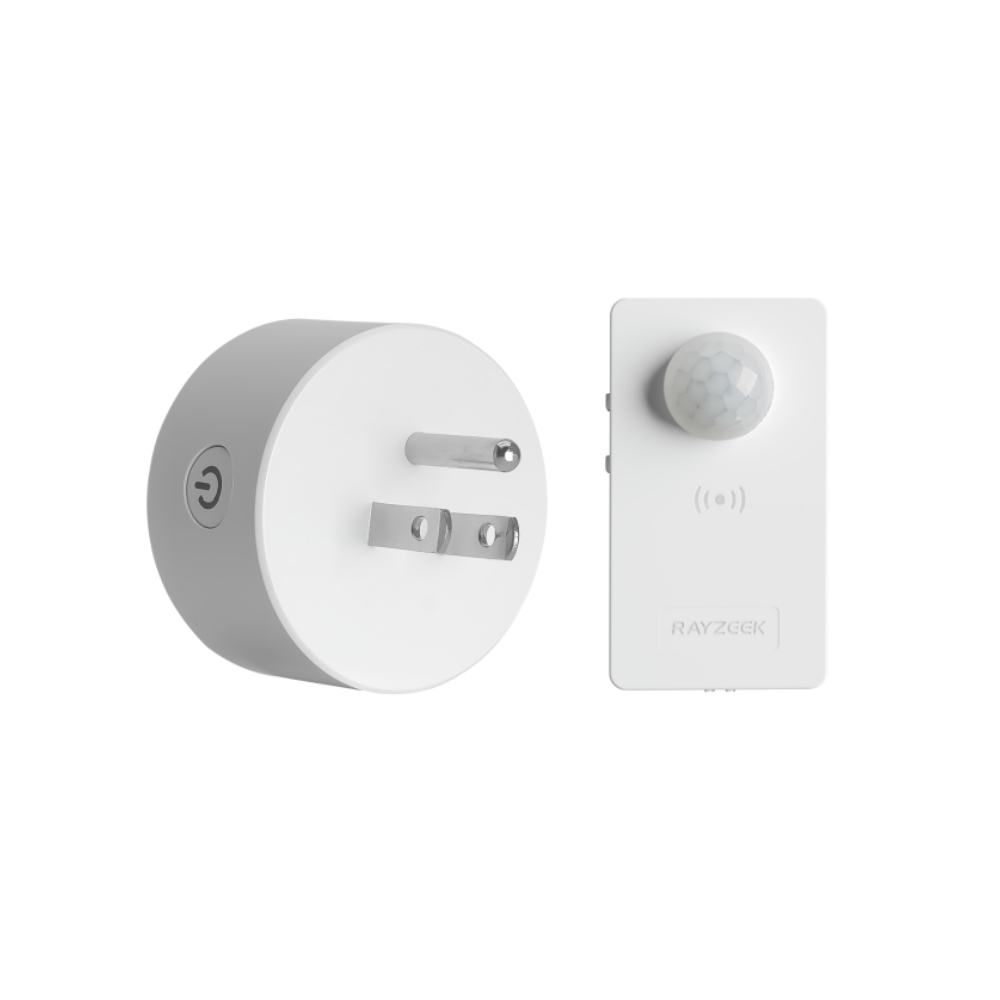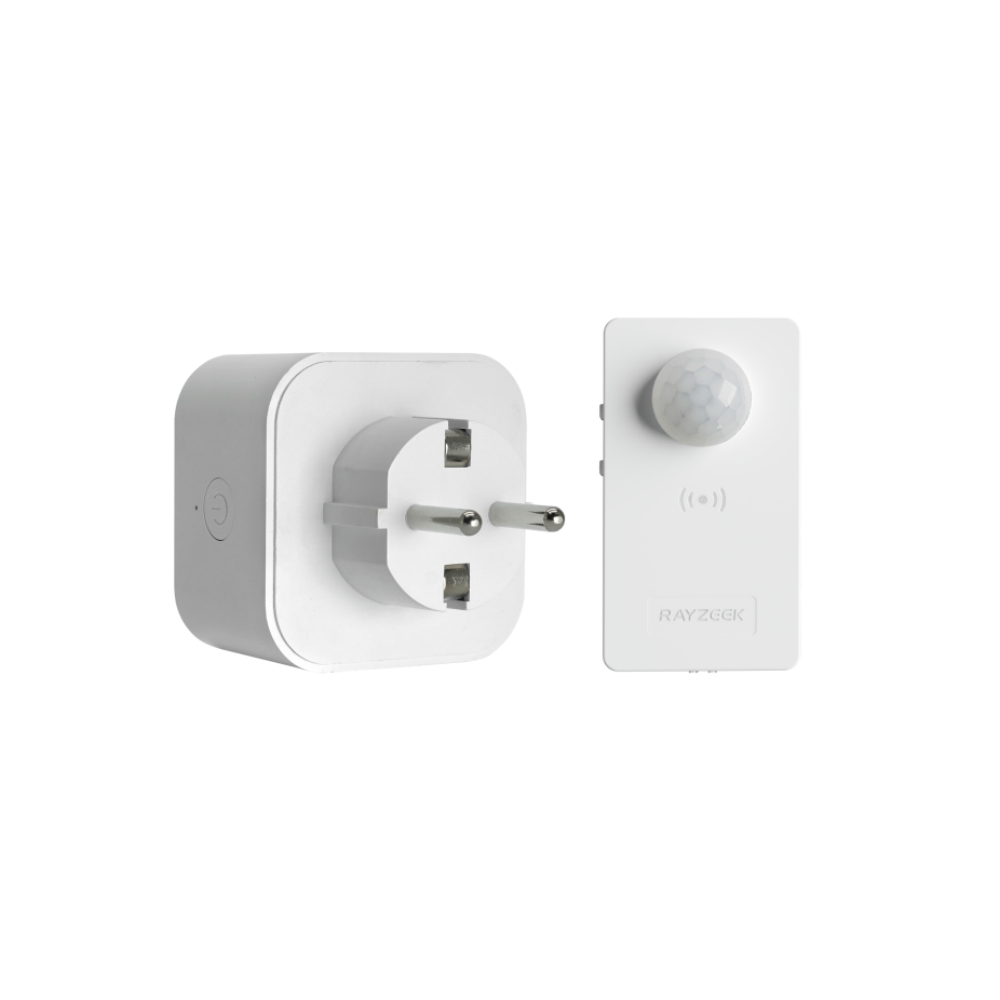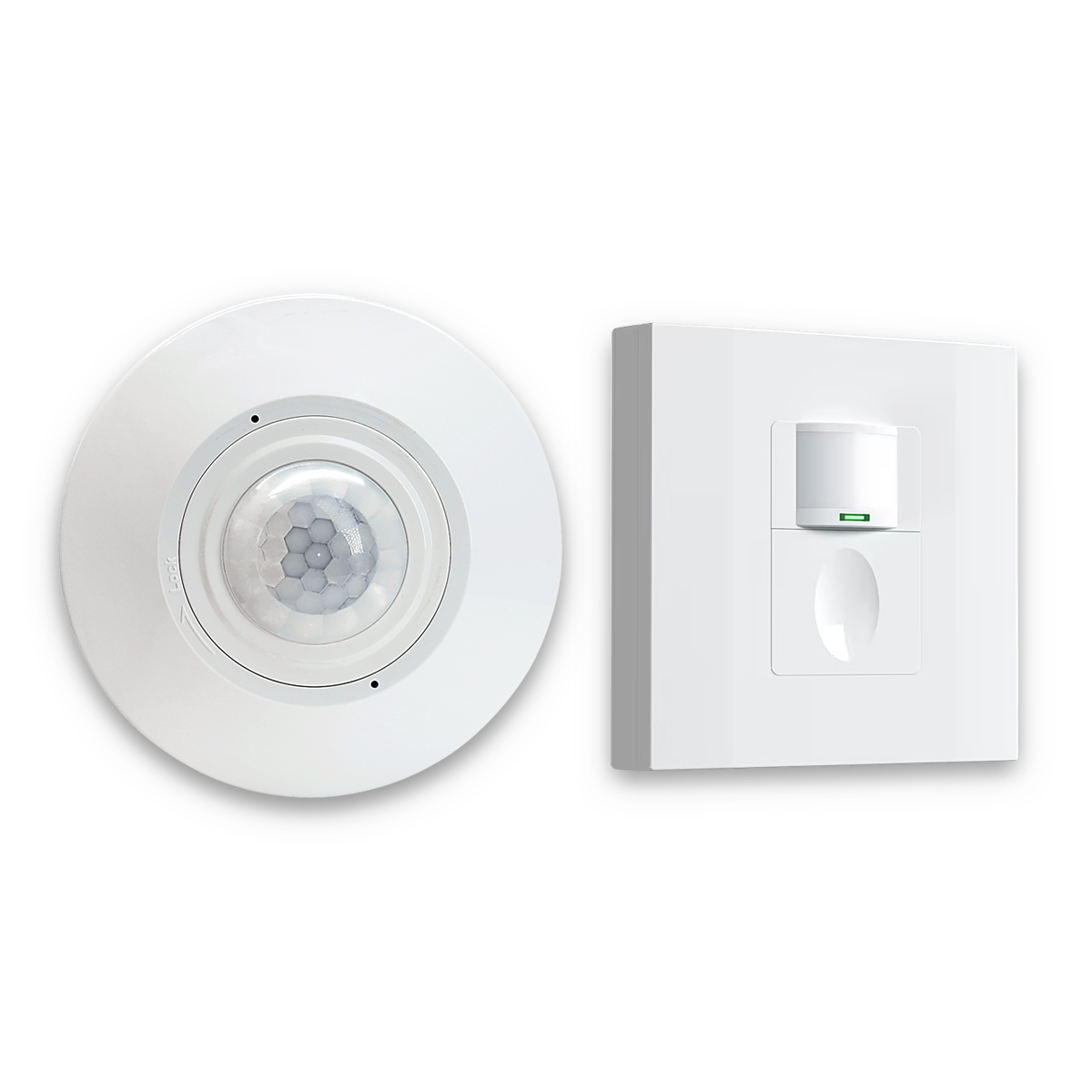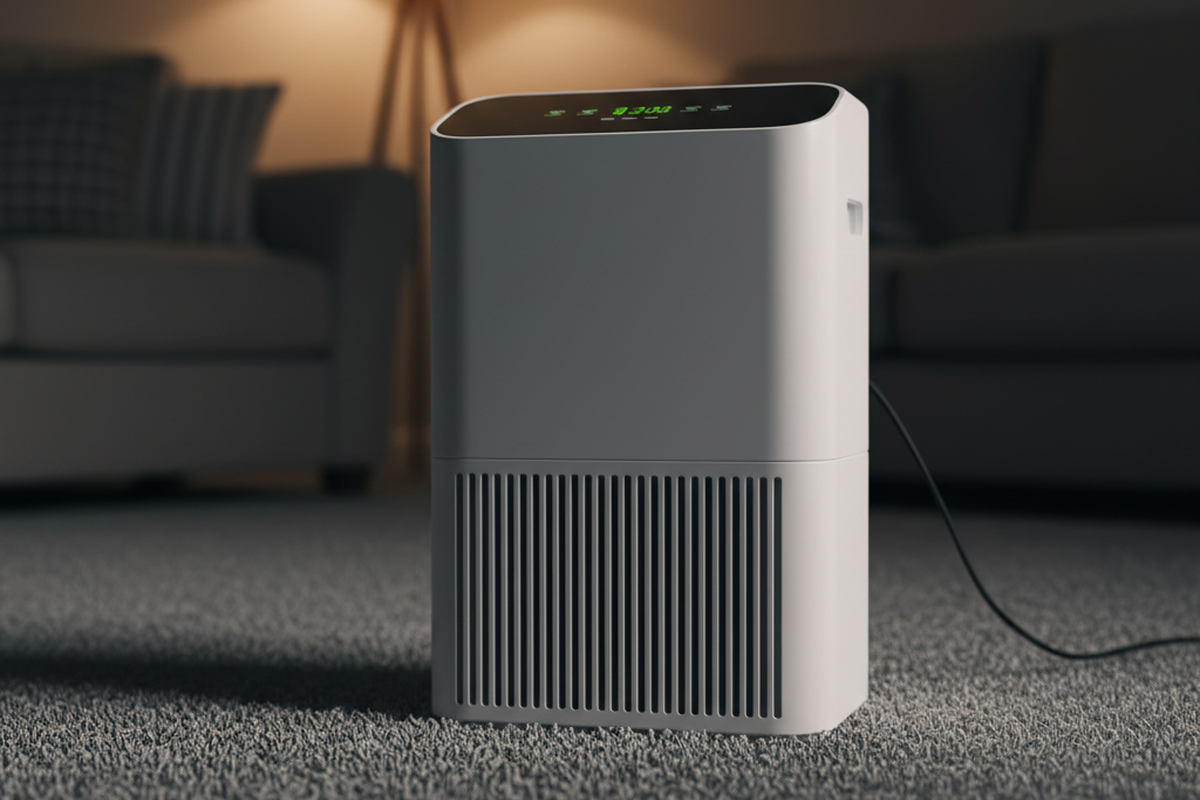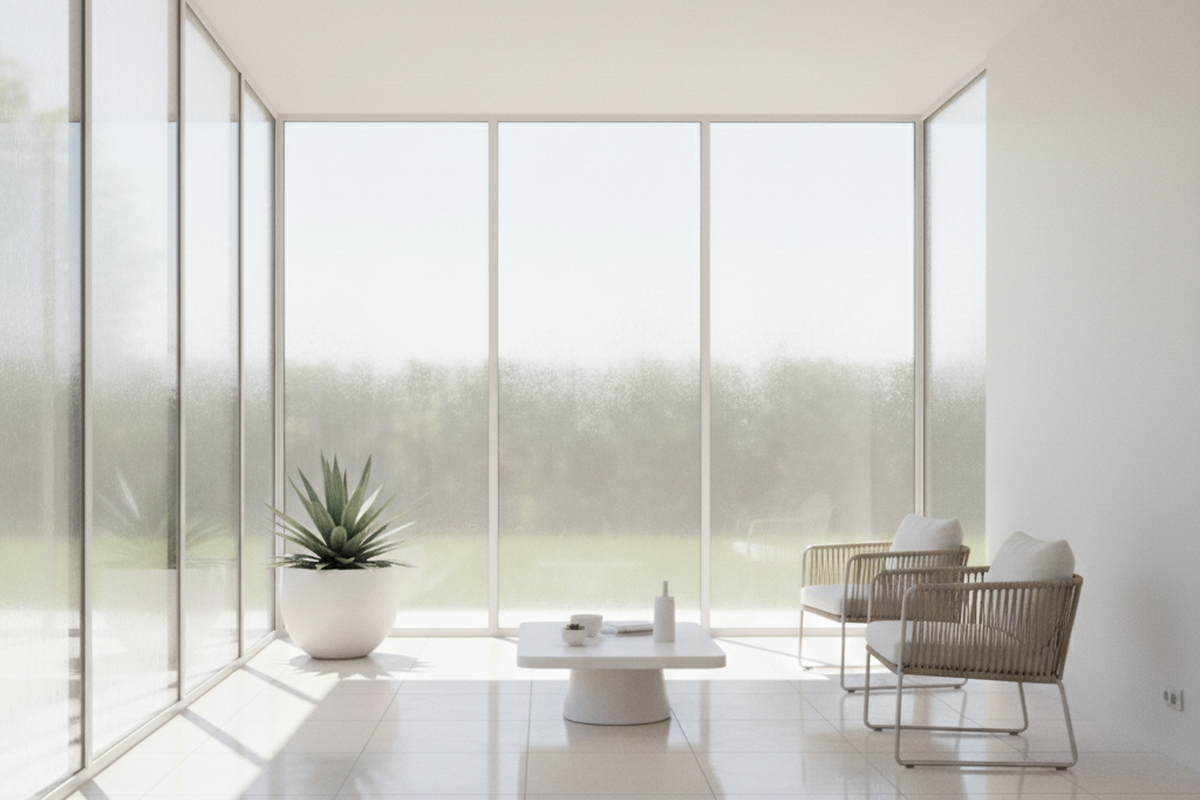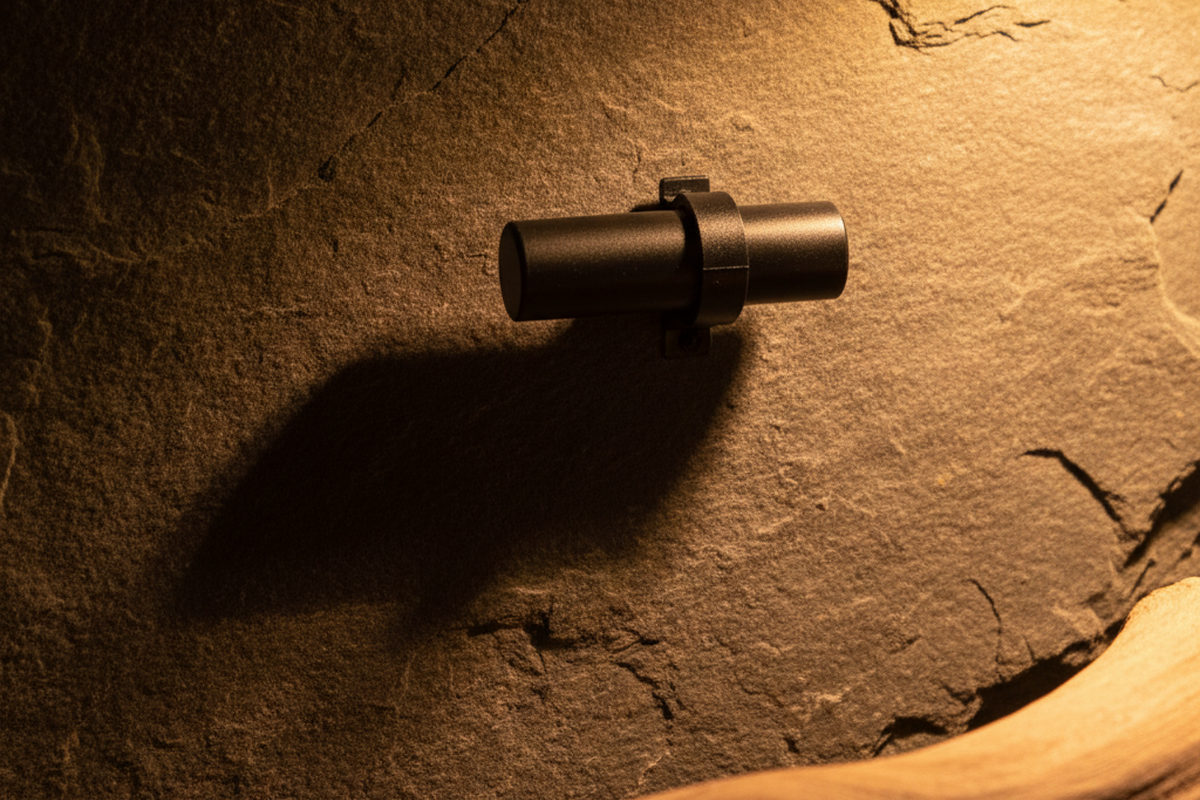What is Radiation
Radiation is the transmission of energy through space in the form of electromagnetic waves. It encompasses various types of electromagnetic radiation, including radio waves, microwaves, X-rays, gamma rays, and visible light. These different forms of radiation are emitted from sources and move through the air.
In the lighting industry, radiation is the means by which energy is transmitted to produce light. Lighting fixtures emit radiation in the form of visible light, which is essential for illuminating spaces. However, radiation in the lighting industry is not limited to visible light alone. It also includes other forms of electromagnetic waves, such as infrared and ultraviolet light, which are invisible to the human eye.
Maybe You Are Interested In
Understanding radiation helps in the design and selection of appropriate lighting fixtures for specific applications. Different types of radiation have different properties and characteristics, which can impact the performance and functionality of lighting systems. For example, infrared light is often used for heating applications, while ultraviolet light is used for disinfection purposes.
Radiation, in the lighting industry, refers specifically to the transmission of energy through waves and does not necessarily imply harmful radiation, such as ionizing radiation. The term “radiation” in this context focuses on the energy emitted from lighting sources and its various forms, contributing to the overall functionality and effectiveness of lighting systems.
Looking For Motion-Activated Energy-Saving Solutions?
Contact us for complete PIR motion sensors, motion-activated energy-saving products, motion sensor switches, and Occupancy/Vacancy commercial solutions.
Frequently Asked Questions
What Are the Negatives of LED Lights
Perhaps one of the main disadvantages of LED light bulbs is their higher emission of blue light compared to incandescent bulbs, which tend to emit more red light. This increased blue light can disrupt your circadian rhythm, leading to difficulties falling asleep and a decrease in sleep quality.
How Do LED Lights Affect the Human Body
In particular, the emission spectrum of LED lights, especially those with a blue peak, can potentially impact our health by inhibiting the production of melatonin. Melatonin is a hormone that our body naturally starts producing in the afternoon and reaches its highest levels during the nighttime hours.
Are LED Lights Safer Than Incandescent
Not only do LED holiday lights consume less electricity, but they also offer several advantages over incandescent lights. One of these advantages is their safety feature. LEDs are much cooler than incandescent lights, which significantly reduces the risk of combustion or burnt fingers. Additionally, LEDs are sturdier as they are made with epoxy lenses instead of glass, making them more resistant to breakage.
What Does Radiation Mean in Light
Radiation in light refers to the energy that originates from a source and propagates through space at the speed of light. This energy possesses both an electric field and a magnetic field, and exhibits wave-like characteristics. Another term for radiation is “electromagnetic waves”.
What Type of Radiation Is Light
Radio waves, gamma-rays, visible light, and all the other components of the electromagnetic spectrum are classified as electromagnetic radiation. This form of radiation can be characterized as a collection of weightless particles known as photons, which move in a wave-like manner at the speed of light.
How Does Light Produce Radiation
Electromagnetic radiation, including light, is produced through the movement (vibration) of electrically charged particles, such as the vibrating molecules in heated substances or the electrons within atoms. These processes are involved in the glowing filament of incandescent lamps, while fluorescent lamps rely on the latter process.
What Is the Radiation of LED Light
A light-emitting diode (LED) is a semiconductor device that emits optical radiation within a specific range of wavelengths when an electric current is applied. The emitted wavelengths of most LEDs typically span from infrared (around 1000 nanometers) to ultraviolet (approximately 300 nanometers).
What Is Radiation in a House
When the natural radioactivity present in construction materials undergoes decay, it emits the radioactive gas radon. This emission of radon can potentially lead to increased levels of radon in residential and commercial buildings. It is important to note that indoor radon poses a greater and more prevalent public health concern compared to radiation originating from building materials.

